This month, we celebrate what makes us different and special — sharing our favorite horror films about the ones who stand out and apart from the crowd.
Each month, our staff picks a cinematic theme and recommends our favorite horror films related to that theme. This month, in honor of Pride Month, we honor anyone who has ever felt like they don’t fit in or made to feel like they were somehow unacceptably different or strange. Unfortunately, that applies to so many of us horror fans. But fortunately, we have a treasure trove of films that give voice to the outcasts and outsiders, films that make heroes out of monsters and monsters out of the masses. So let’s celebrate just a few of those incredible films here.
And let’s all remember, as a member of the horror community, you are never alone.
1. FREAKS (1932)
Recommended by Todd Reed
Outcasts are one of the most common tropes in horror, and it has always been so. But even the lonely outcast may find a family among other outcasts. And that is the story of 1932’s Freaks, directed by Tod Browning.
Sideshows were a common form of entertainment. People paid to gawk at those who were different, deformed in some way. Freaks looks at that subculture and what happens when one of their own is hurt.
Cleopatra is a beautiful trapeze star whose manipulation of Hans, a little person in the sideshow, becomes more sinister when she discovers he actually has a huge inheritance. Conspiring with Hercules, the circus strongman, she marries Hans with the intention of killing him for his money. In one of the most memorable scenes of the movie, the freaks welcome Cleopatra as one of their own in a ceremony at their wedding night (One of us, one of us. Gooba-gobble, gooba-gobble).
Cleopatra is horrified at the idea and treats them all cruelly. Hans is appalled by her behavior, but before he can reject her completely, he is poisoned by Cleopatra and left in a weakened state.
Not fooled by her “caretaking of him”, he pretends to continue taking the poison while plotting revenge with the other freaks. Hans and three other freaks confront her, and she is chased into the woods. Meanwhile, Hercules is also confronted. We later learn Cleopatra’s fate. Her punishment: to become that which she despised. We learn that the once beautiful trapeze artist has been transformed into a hideous duck-like creature.
The movie in its original incarnation was ninety minutes long, but the film was considered so horrifying that it was cut to just over an hour long. None of that footage survives today. Part of what made the film so disturbing was that Browning used real carnival performers who had real deformities as the freaks. This included conjoined twins Daisy and Violet Hilton, Johnny Eck (The Amazing Half-Boy), Schlitzie (born with microcephaly), and Prince Randian (the Human Torso), among others.
While the theme of the story is mostly about the “code of the freaks” (offend one and offend all), one of the most powerful elements of the film is when the camera simply follows the “freaks” as they move about their daily lives. Watching how they have adapted to their disabilities is powerful to watch.
And while it would have been easy for Browning to make this film feel exploitive or to paint them as victims or caracutures, it is a testament to his talent that he lets us learn from them and feel empathy, but not pity.
While the freaks may be outcasts from society, it does not mean they are not a society unto themselves. And this film shows the importance and power that creating a family group can have.
2. A NIGHTMARE ON ELM STREET 3: DREAM WARRIORS (1987)
Recommended by Jackie Ruth
The third installment in Wes Craven’s A Nightmare on Elm Street series, Dream Warriors, was a return to some of the familiar aspects of the original film. Nancy Thompson (Heather Langenkamp) returns, of course. But it also tells the story of a group of teenagers who are all being tormented by the same man in their nightmares: Freddy Krueger (Robert Englund).
Instead of a clique of friends and significant others who attend the same high school, these kids are brought together by the one other thing they have in common: suicide attempts.
Kristen (Patricia Arquette), Kincaid (Ken Sagoes), Taryn (Jennifer Rubin), Will (Ira Heiden) and Joey (Rodney Eastman) are the five main characters. Along with Nancy, they’re the titular dream warriors. It’s a kind of cruel joke that these kids have nothing in common but their tormentor. You can tell they were already outcasts, and they don’t talk about friends or family members outside of the psychiatric ward they share.
We see that loneliness reflected in their dream selves: Kincaid is as strong as he wishes he were in the real world, Will has the powers of a wizard, and Taryn is both beautiful and badass in her dreams.
Despite the darkness that brings this ragtag team together, it’s inspirational to watch them use their strengths to help each other in Krueger’s parallel universe. In the real world, they don’t fit in. But in the nightmares, they each sort of find their place and purpose.
3. MAY (2002)
Recommended by Catia Koehler
All May (Angela Bettis) wanted was to connect with another person. The film opens with her first day at a new school, with young May wearing an eyepatch over her lazy eye. “Are you a pirate?” her classmate asks. May hangs her head and hangs back from the rest of her classmates after this comment, unwilling to socialize with people who see her as “other.”
Essentially, her physical appearance forces her into isolation from the start. “If you can’t find a friend, make one,” her mother suggests. At first, the doll she received for her birthday is enough. Unable to be removed from its glass case, the doll is a friend she can’t even touch. Her yearning for some semblance of physical affection twists May into a monstrosity as she reaches adulthood.
Enter Adam (Jeremy Sisto), a hard laborer who creates short horror films in his spare time: the man May decides to pursue due to his gorgeous hands. Obsessed with parts of the whole, she sees nothing odd about her attraction to his phalanges. In fact, her first physical contact with him occurs at a coffee shop while he’s sleeping.
With impressive confidence, May approaches him and rests her head in his hand. Unbelievably, after this breach of personal space, he asks her on a date. Despite May’s obvious social shortcomings, he continues giving her the benefit of the doubt. The pair go on multiple dates, each turning out worse than the last, until her penchant for pain pushes him away entirely.
After his lip splits open during a particularly steamy make out session, he walks right out of May’s life. At first, she tries to fill the Adam-shaped hole in her heart with her coworker, Polly (Anna Faris), the overtly sexual lesbian in the veterinary office. But even Polly lets May down by sleeping with an attractive blonde, leggy woman. “Jealous?” Polly asks, when May’s face falls upon walking in on the two of them.
Perhaps jealous isn’t the right word to describe May’s state of mind. What follows is the most deranged killing spree in horror comedy history. “May” reminds me of a Frankenstein version of “Annabelle” meets “Carrie.” “You know how when you meet someone and you think you like them? And then, the more you talk to them, you see parts that you don’t like,” May confides in her doll.
She likes Adam’s hands, Polly’s neck, Polly’s whore’s legs… the only logical step forward is to put the parts she likes together.
“May” explores the slow deterioration of an isolated woman’s mind. She begins to lose herself in her loneliness, which refuses to abate despite her desperate attempts to form relationships. When she’s torn from the only strong connection she has, her descent into madness is complete.
Over the top dramatic, mildly hilarious, and darkly intriguing, “May” will leave you wanting more. She makes all the wrong choices and forces this tragic end on herself, giving this twisted tale of revenge an endlessly frustrating and oddly satisfying conclusion.
4. DRACULA’S DAUGHTER (1936)
Recommended by Joy Robinson
In the Gothic tradition, the idea of the Other represented a fear of people who were different, people who were outsiders and did not fit into upper-class Victorian society. These Others typically infiltrated polite society and threatened to overturn the proper societal order. While the Other was usually subdued at the end of the story, soothing the anxieties of readers and assuring them that the status quo remained intact, these tales could also be read as critiques of that status quo.
Dracula is perhaps the most iconic Gothic Other. His foreign nature and deviant sexuality came into direct conflict with Victorian English society. Both the anxieties he represented and the appeal he held for audiences carried over into the 20th century and the advent of cinema, with the release of Universal’s film adaptation in 1930.
The 1936 sequel to this film, Dracula’s Daughter, takes Dracula’s Otherness even further. The title character, Countess Mayra Zeleska, is even more of an Other than her father by virtue of her gender and heavily implied lesbian sexuality. The vampire’s sexuality is inherently unnatural, subverting the standard of heterosexual sex and reproduction.
But Mayra’s preference for women makes her even more unnatural and predatory, not only because of the taboo of lesbian desire but because she can reproduce without the aid of a man. She can turn a human into a vampire — the film’s title suggesting that a vampire’s protegee becomes their child in a sense — and create life where there should be death.
But what really sets Mayra apart from her father is her longing for acceptance by normal, mortal society. She hopes that Dracula’s death will release her from her unnatural existence, leaving her “free to live as a woman… to take my place in the bright world of the living.” She longs to “live a normal life, think normal things.” Dracula never displayed any such desires. His goal was to bring those from the “bright world of the living” into his dark world of the dead.
It is interesting to note that Mayra blends in with English society better than her father ever did. Her accent is less pronounced, though she is still treated by her aristocratic acquaintances as exotic. Her roots in supposed “uncivilized,” superstitious Eastern European culture make her a “charming” oddity to them, and you have to wonder if they would ever have truly accepted her as one of their own, even if she had been able to shed the rest of her Otherness.
Mayra struggles between two worlds, the world of the living and the world of the dead, but she truly belongs to neither. She cannot find the acceptance she so desperately wants among “normal” humans. But she also cannot bring herself to fully inhabit the shadow realm of her father, the realm of the Other.
It’s this struggle that brings about her demise, for it’s not Van Helsing and those who seek to preserve the natural order who destroy her. It’s her companion, Sandor, her fellow Other, who kills her because she cannot consign herself to eternal darkness with him.
In the end, Mayra existed in a purgatory between two worlds, an outsider to both, belonging to neither. It’s a struggle that many can relate to. But neither of these worlds are without fault. The world of the Other was full of horror and death, things Mayra could not bear. But she idealized the mortal world, a place that was never as “bright” as she imagined. She would have had to sacrifice a part of herself to belong in either place. That perhaps is the real tragedy of Dracula’s Daughter.
5. FRANKENSTEIN CREATED WOMAN (1967)
Recommended by Bud Fugate
The concept of Outsiders and Outcasts has been explored since the very beginnings of horror movie history. One of the most famous and endearing outcasts is Frankenstein and his monster. Ostracized by the medical community, the Doctor took his work underground, bringing the dead back to life. His ill-fated monster, hideous in appearance, is hunted by the townsfolk and multiple series of films have been released expanding on the idea of the outcast doctor and his creation.
It would be cliché to discuss old Frank and Beast in an article about outcasts, so we will take a different route and explore this theme in the 1967 Hammer Films classic, Frankenstein Created Woman.
In the vast world of Frankenstein films, this one is an outcast.
The movie does not focus on the physical body like so many of these films do. Instead, it focuses on the spiritual body. In this film, Baron Frankenstein, played by the great Peter Cushing, isn’t running around robbing graves looking for a suitable brain to put into some stitched-up cadaver. Rather, he is trying to transfer the human soul, consciousness, from one body to another.
Certainly, it’s a sign of the times influencing the classic tale. This movie was released in 1967 at the height of the hippie movement, and there is no doubt that world had influence on the horror world.
The film follows a pair of lovers, Hans and Christina. Hans is an outcast, son of a murderer, assistant to Frankenstein. And Christina, herself an outsider, is the disfigured daughter of the town’s inn keeper. Both struggle to fit into society.
Early in the film, a group of old-timey Bros harass Christina about her appearance, causing Hans to fight for her. Then, as Hans and Christina are laying in bed, the three Bros are in the streets outside of their window singing songs about how ugly Christina is. Later, the Bros frame Hans for murder. And he is sent to the guillotine. Having witnessed his decapitation, Christina drowns herself in grief.
But alas, Baron Frankenstein is here to save the day! He collects the bodies and transfers the consciousness of Hans into Christina’s body, fixes her disfigured face, and dyes her hair platinum blonde for some reason. Now, with a new outlook on life and the soul of her lover trapped inside her, she seeks out revenge on the three Bros who framed her love.
The first two acts of this film play heavily with the concept of being an outsider. Whether it is the terrible way the Bros treat a woman who doesn’t live up to societal beauty standards; the poor, orphaned son of a murderer who is instantly deemed guilty of a crime and does not get a fair trial; or the Baron himself who, although a very intelligent scientist and doctor, is mocked and called a witch because his studies are outside of the what is acceptable to the mainstream orthodoxy.
A wonderful entry into the huge library of Frankenstein films, this is the 4th of Hammer’s 7, and an interesting take on the Frankenstein folklore.
6. CARRIE (1976)
Recommended by Todd Reed
Like I discussed in my discussion of Freaks, sometimes outcasts find a group where they can create a safe (or at least a semi-safe) haven. For me, it was theater. Unfortunately though, they are often forced to face those daily humiliations at school alone. And sometimes, home is worse. So there is no escape from it.
I’ve written about “Carrie” before. Based on the novel by Stephen King, it is the classic outcast tale that anyone who was among the outcasts in high school can identify with, myself included.
Tormented at home by a Bible-thumping mother (Piper Laurie) and tortured at school by her peers for being different, Carrie White (Sissy Spacek) has no escape and no place to feel at home.
After getting teased mercilessly for getting her first period in the locker room following gym class one day, one girl Sue Snell (Amy Irving) feels remorse and cooks up a scheme to try and bring Carrie out of her shell. She enlists her boyfriend Tommy (William Katt) to help by having him ask Carrie to the prom.
Meanwhile, Carrie’s primary tormentor Chris (Nancy Allen) seeks to get back at Carrie after losing her right to go to the prom, enlisting the aid of her current boy toy Billy Nolan (John Travolta). All the while, we begin to learn that Carrie is not your average outcast. Carrie has telekinetic powers, and those powers are getting stronger. When Chris strikes at the prom, it all comes to a head, and Carrie’s rage knows no bounds.
When I first read Carrie (okay, the first several times I read Carrie) and saw the movie, I strongly identified with Carrie. Watching her get revenge for her years of torment was very cathartic. How many times did I dream about having some kind of power to act as an equalizer for those daily taunts and abuses? There aren’t enough fingers and toes to count them.
As I’ve gotten older though, and we are constantly besieged by news of school shootings, my feelings have changed. Instead of feeling catharsis, I find myself horrified by the possibilities. Change out telekinetic powers for a semi-automatic rifle, and it’s a much different story. Carrie is a bomb waiting to go off, but in a different world, she might have planted an actual bomb.
I can still feel bad for what Carrie goes through, and I can still remember those feelings myself (God, does high school ever end?). But instead of rooting for her, I’m afraid of her.
7. LET THE RIGHT ONE IN (2008)
Recommended by Jamie Lynn Alvey
Let the Right One In is a brutally tender movie that faces what it means to be an outsider in this world. The film is based on the 2004 novel of the same name by Swedish horror novelist John Ajvide Lindqvist. It is a brooding and slow burn flick that speaks to the impressive quality of Swedish creatives and sticks itself firmly in your brain in your soul after you’ve watched it.
12 year old Oskar is habitually bullied by his classmates and is perpetually alone. His loneliness is as broad and cold as the snowy landscape that is a constant presence in the film. Oskar has some morbid tendencies, including daydreaming about enacting revenge on his bullies and collecting newspaper clippings pertaining to murders.
His mundane routine is interrupted when a young girl and her guardian move next door to him in the apartment complex where he lives with his single mother. Oskar is immediately intrigued by Eli, who he meets in the apartment’s courtyard. Eli tells Oskar that they cannot be friends. But despite this, a bond slowly forms.
Eli is odd in her demeanor and appearance. She doesn’t dress for the cold weather and prefers to go completely barefoot despite it being snowy outside. Oskar lends Eli his Rubik’s cube, which she returns completely solved. Oskar learns Morse code, and the two start to sweetly exchange messages to one another by tapping on the shared apartment wall. Eli’s friendship gives Oskar a sense of belonging in this world. He’s no longer going through the motions of his bleak and hopeless day to day life.
When Oskar comes home with a cut on his cheek courtesy of his relentless bullies, she encourages him to fight back. Eli is a blessing to Oskar, but she is undeniably a nightmare to some. Little does Oskar know that his newfound friend is a centuries old vampire, and the man who the world believes to be her guardian is actually a pedophile who kills people and drains them of their blood for Eli.
Oskar strikes a deeply personal chord within me as a character. I have been Oskar. I have been the weird kid, bullied and ostracized, who longed for friendship and for meaning outside of the never-ending torture of callous children. There was anger and hurt simmering beneath my cowed exterior. There was no release from it. Every night was reduced to worrying what the next day would bring and how I could try to avoid it.
Let the Right One in exams what it means to be this child with a beautiful realism and a careful sympathy. It’s painful and difficult to watch Oskar slog through his existence and see him deal with his bullies. But it’s beautiful to watch him forge a genuine and loving bond with Eli and grow to love her as more than a friend. The right people will love you, and the right people will accept you for what you are.
This movie is as much of a love story as it is a horror story. With the brutality of Let the Right One In comes a tenderness that feels like coming in from the cold landscape to a warm and inviting fire. Oskar and Eli’s innocent romance shows that love is all encompassing and accepting.
Eli is just as much of an outsider as Oskar in reality, and this is why that the two connect so deeply to one another. She’s forced to survive in such a harsh and alienating way, all the while being trapped in a body that never ages beyond prepubescence. Eli exists outside of the gender binary in addition to being a vampire. One scene she tells Oskar she’s not a girl, and there is another scene where we briefly see that she has been the victim of some type of genital mutilation, which is confirmed to be castration in the source material.
Throughout the film, she is referred to by female pronouns and seems to be comfortable with them and being referred to as a girl — even though she does subtly reveal that she is not a cis girl and that she is far from human to Oskar. In addition to these factors, she’s also very androgynous in appearance, even though she is portrayed by a cis female actress.
Eli being a vampire and functioning outside of the gender binary make her just as lonesome as Oskar. She herself has had little company outside of Hakan, who is hardly what anyone would consider favorable companionship. The title is as much about Eli deciding if she should let Oskar in on her secrets and her blood-drenched world as it is about Oskar letting Eli in as a friend.
It’s always a toss-up when you meet someone and you inundate them into your world, allowing them to see the little pieces of you that you hardly ever let see the light of day. You truly do hope that you have let the right person in. In the case of Oskar and Eli, they let the right one in.
Let the Right One In is a thematically heavy film and doesn’t shy away from uncomfortable topics. However, this film is delicate and heartening amid the harshness. It’s a piece that I found at a point in my life when I desperately needed it. And after all these years, I have clung to it because it has seeped deeply into my own creative DNA. It is undeniably special to me, as I have been a person on the outside of life looking in.
There’s deep comfort to be had in this Swedish vampire film that is so much more than what it appears to be on the surface.
8. TRAUMA (1993)
Recommended by Jamie Marino
Even before I get into an analysis of the movie, it is important to point out that, even within his sacred and confoundingly uneven oeuvre, Trauma is an Argento outcast. Never in a top five ranking of his movies, and hardly ever in a list of his five worst movies, Trauma exists in a limbo world of forgotten gems where many other efforts by horror filmmakers also roam ignored and alone.
Like a spindly, swirling giallo plot, it is a complete mystery why this has become one of his forgotten gems. It’s an outstanding movie. There are beheadings galore, including one by elevator (and they show it). It’s one of the most twisted and cruel Argento storylines I have ever encountered, revolving around ex-junkie and anorexic Aura, played by his daughter Asia.
She escapes the clinic she is being held in, and encounters a man on the street named David. They develop a connection over similar past experiences, which have in the past made them outcasts from both society and family. If looked at a certain way, many of the characters in this film are outcasts, from the little boy who collects bugs, to Aura’s parents, and especially to the killer and victims.
As Aura and David attempt to find the killer themselves, cruel twists in the plot are revealed. Everyone in this hallucinogenic and gory film, Argento’s first America-based production, is cut off in some way from what they feel is an overwhelming and unforgiving society. The killer, as is the way in most giallos, turns out to be the most tragically outcast character of all, once their origin is revealed.
Not many people may recommend this, but I do. As usual with my reviews, I’m leaving a significant amount of material out so you can discover it for yourselves. But take my word for it, there are other Argento movies that deserve the outcast treatment more than Trauma does.
Argento chose to make the gecko the mascot for this, one of his rare American films.
9. THE FUNHOUSE (1981)
Recommended by Tavera del Toro
Tobe Hooper’s third major film, The Funhouse, was an homage to the horror classic, Freaks, and a glimpse into the subculture of the carnival. Most of our preconceptions and prejudices of those who work in the carnival circuit developed as we enjoyed the freak shows and cheap rides as kids. In this film, things take a dark detour when four teenagers spend the night in the funhouse. They couldn’t have chosen a worse night to take the darkest ride of their lives.
Unbeknownst to the kids, the Frankenstein mask-wearing, doorman/usher is Gunther. Beneath his mask and gloves hides a deformed young man who works alongside his father, Conrad, the barker. Gunther’s main tormenter is his father, and he disguises his face in shame.
While his deformity is extreme and disturbing, he still has his base human urges. And matters become worse for him when he hires the psychic at the carnival for sex. A calamity follows, which the kids witness. Thus begins a night of fleeing and fighting for their lives.
The father and son realize that witnesses exist and hunt down the four teens, trapping them inside the funhouse ride. The kids fight and battle, as both groups take heavy losses — ending with a crushing finale as the dawn rises.
Although not a blockbuster film, the film always struck me as a play on the Frankenstein legend (hence the mask worn by the son). He didn’t ask to be “the monster”, society and nature decided that for him. Having been mistreated his whole life, he takes a fight way too far — with deadly results.
The film is an allegorical look at how we “normals” take a joy ride into the lives of those society considers “others” (the carnival workers). We exploit it for our own pleasure, for our chance to escape our own ugly realities and insecurities. And the carnival itself represents the contrast of fantasy and cold reality. On the surface, the carnival looks inviting — full of fun and happiness. But beneath that shiny exterior lies darkness, cruelty, and suffering.
10. THE WOMAN (2011)
Recommended by Philip Rogers
When lawyer Chris Cleek (Sean Bridgers) finds a feral woman roaming in the woods while he is hunting, he decides that she is his next prey. He proceeds to capture the woman and bring her home for “rehabilitation”. Without questioning his authority due to fear of reprisal, his family agrees to help look after the woman, who is now kept in captivity against her will.
The Woman, however, is stronger than they expect. And no matter how much Chris tries to make her submissive to his own needs, savage as she may be, there is no revenge like a woman scorned.
The Woman is beautifully shot and has some amazing performances from the cast. Pollyanna McIntosh becomes unrecognizable and vicious as the woman. And Sean Bridgers gives a remarkable performance as the Janus-faced Chris, someone you really despise.
However, the film is probably best remembered for the arduous scenes, which are deliberately uncomfortable to watch as the scenes are drawn out. Whether it be the vicious mistreatment of the Woman by Chris, who with her chained up tries to make her subservient. Or the more understated evocative moments, such as Chris having a conversation with his scared daughter, while Belle stands back in the shadows of the doorway.
The overarching story is a revenge thriller, which does seem to focus in on the extremities of the violence. But the film’s real strength lies within the layered unravelling of the characters’ dark secrets. The real horror is revealed as we learn more about the effects of the hierarchy within the dysfunctional family and what hides behind their wholesome family façade.
11. SLEEPAWAY CAMP (1983)
Recommended by Richard Tanner
As horror lovers, we are all a bunch of miscreants and outcasts! Luckily, we tend to embrace our quirks in this day and age. This wasn’t always the case though, and it’s why a lot of us older horror nerds still gravitate to the Golden Age of 80’s slashers. All of these films gave us hope for justice… in a bit of an extreme way. The bully always got what was coming to them, parties we weren’t invited to usually ended in fire, and the outcast was always the title character! They were stories about us, man!
I’ve always thought Sleepaway Camp was the perfect embodiment of this. Angela is a shy and awkward girl who is constantly bullied and shunned by everyone except her cousin (who is only around for the sake of duty). Yet, she finds a home at Camp Arawak — a home where she is top billed and everyone gets their comeuppance (isn’t that a dream?).
Maybe drowning a kid for getting into a fight is a little overboard, or stabbing a girl that’s a complete bitch is excessive. But sticking a pedophile’s head into a comically sized boiling pot of water? Just right!
Even as the series advances with transgender issues and adulthood, our outcast still finds a place to fit in. Only in the 80s, when AIDS was called Gay-Related Immune Deficiency, could a horror movie take a transgender child killer and make her sympathetic and relatable to even the most moronic of viewers.
We’ve all been outcasts. The only real question is, are we outcasts because we love horror…or do we love horror because we are outcasts? Either way, I say we take guidance from Angela. Find happiness in even the darkest of places, and don’t be afraid to push someone into a boiling pot!
12. TOXIC AVENGER (1984)
Recommended by Vicki Woods
The Toxic Avenger is the goofy horror comedy, directed by Michael Hertz and Lloyd Kaufman, that made Troma a household name. “Toxie” has become the superhero of the downtrodden, misunderstood and bullied folks of the world. People who are considered outcasts can be in that situation for many reasons. Harassed because of their personality, the way they look, a handicap, their race, gender, sexual orientation, status in life, etc. There is no limit to what stupid people can find to torment others over.
In the world of horror films, those outcasts get so fed up that they finally get revenge. In the case of The Toxic Avenger, it is very personal. This over-the-top, gruesome and campy film is full of gratuitous nudity and horrible but hysterical deaths. Yet it leaves us with a feeling of satisfaction for the poor young man who gets revenge for himself, takes back his corrupt town from the bullies, and gets a hot girlfriend to boot.
Tromaville, New Jersey is a terrible place to live. The toxic waste capital of the world is full of so much violence that no one is safe. From the corrupt Mayor down to the degenerates on the streets running over children and old people with their car, this is a dangerous place to call home.
Poor Melvin (Mark Torgi) is the nerdy mop boy at the local health club, where two of the worst punks, Slug and Bozo, work out. He is a prime target of theirs. And after embarrassing the poor weakling one day (think tutu and a sheep), he runs away and ends up diving into a vat full of toxic waste. Melvin burns and melts in the bubbling radioactive goop.
He then transforms into a deformed but muscle-bound creature, and The Toxic Avenger (Mitchell Cohen) is born! Despite looking like a monster, he fights for the rights of everyone bullied and becomes a true American hero!
Toxie takes care of all the bad guys, their awful girlfriends, Julie and Wanda, and anyone else that is not an upstanding citizen. After saving a beautiful blind girl named Sara, they fall in love. And you can’t help but enjoy the story, even if it grosses you out. Yes, Toxie hurts a lot of people, and the kills are incredibly messy and disgusting. But he is the good guy. And as a horror fan, you will love the creative and incredibly horrible ways he gets his revenge.
Luckily even the Mayor, with the help of the National Guard, can’t stop our Toxie. The town rallies around him, and he lives on to be in many sequels (and more recently, a musical). This is a great late-night party film, gross beyond compare, with so many inside jokes and sexual innuendos that it would be hard to catch them all.
This is a true film of good vanquishing evil, even with all the violence! It is one of my personal favorite schlocky, campy, horror comedies.
13. THE HUNCHBACK OF NOTRE DAME (1923, 1939, 1996)
Recommended by Todd Reed
In Disney’s remake of The Hunchback of Notre Dame, Esmerelda sings “God Help the Outcasts”. And one of the most famous outcasts in literature and cinema would have to be Quasimodo, the shunned hunchback who rings the bells in the Notre Dame cathedral in Paris.
Short of the Disneyfied version of the story, probably the most well-known versions of Quasimodo are the 1923 silent film version starring the Man of a Thousand Faces, Lon Chaney, and the 1939 film starring Oscar winner Charles Laughton. All three versions are based on the novel by Victor Hugo (published 30 years before Les Miserables).
Quasimodo is shunned because of his appearance and labeled a monster, when he is truly a kind and gentle soul. The real monster, wrapped in the cloth of the church, is the leacherous Frollo, whose desire for the beautiful gypsy Esmerelda spearheads all that follows.
While the various movies have changed the story substantially from the original novel, the one constant is Quasimodo, whose loneliness and desperation for love and companionship leaves him easily manipulated by the powers that be. Yet in every incarnation of the story, he does not allow his circumstances to keep him from helping Esmerelda escape the clutches of those who would do her harm, even if it breaks his own heart in the process.
One of the most powerful lines in the 1939 version comes at the very end, as Quasimodo watches Esmerelda go off with another. Leaning on one of the famous gargoyles, he says, “Why was I not made of stone, like thee?”
And while it easy to simply focus on Quasimodo as the outcast character, the story really is about something much bigger — the treatment of an entire race of outcast people, the Romanis (or gypsies, to use the racial slur), a nomadic people whose history is fraught with persecution.
Much like Native Americans have been called Indians because Columbus thought he had reached India, the Romani have been called gypsies because early Europeans thought they were from Egypt (they actually derive originally from northern India). Persecuted throughout history, they were also a target for extermination in Nazi Germany.
“The Hunchback of Notre Dame” is one of the most classic stories of the outcast. There is no happy ending (especially in the novel), but there is hope that the reader and the viewer might look upon the outcast in a kinder light.


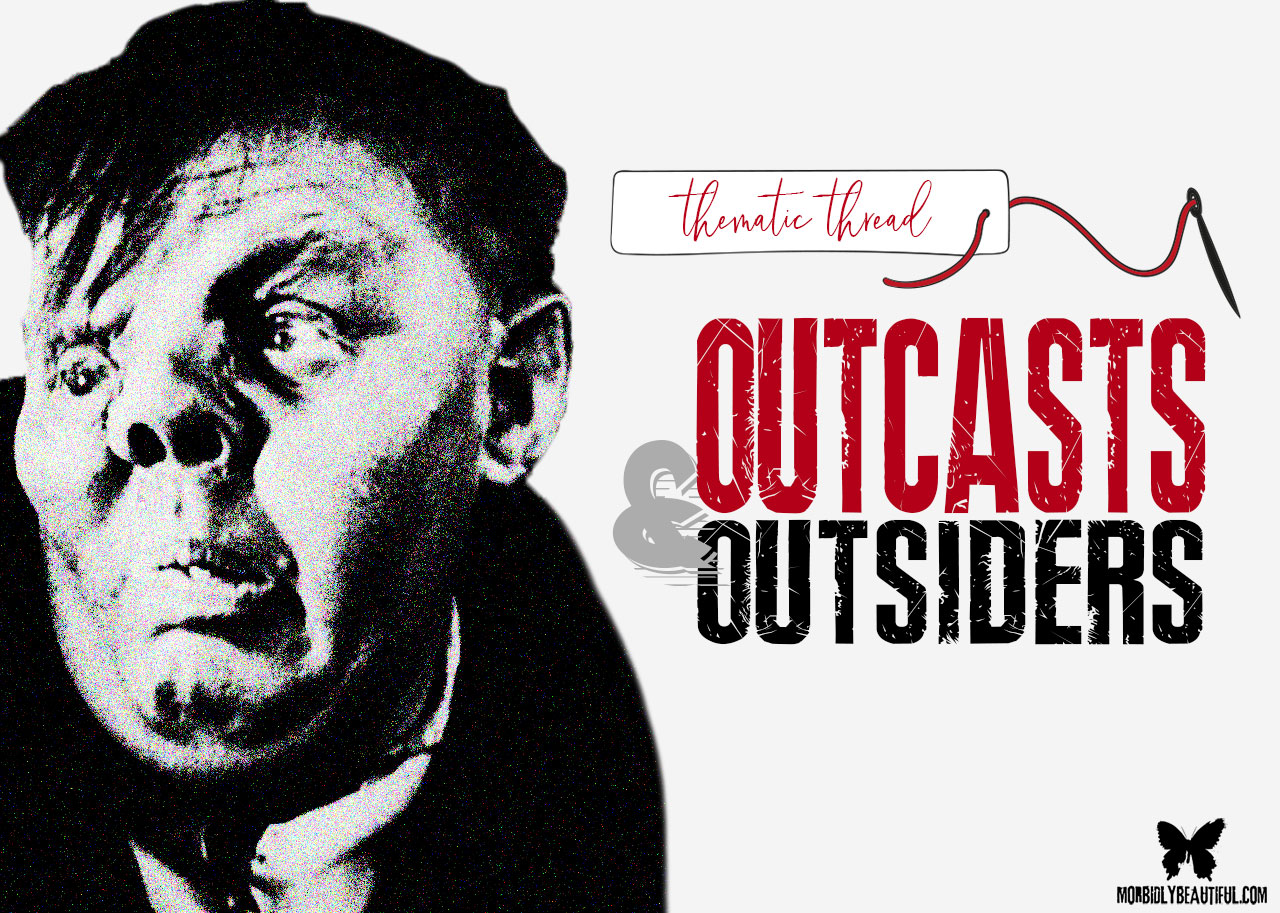
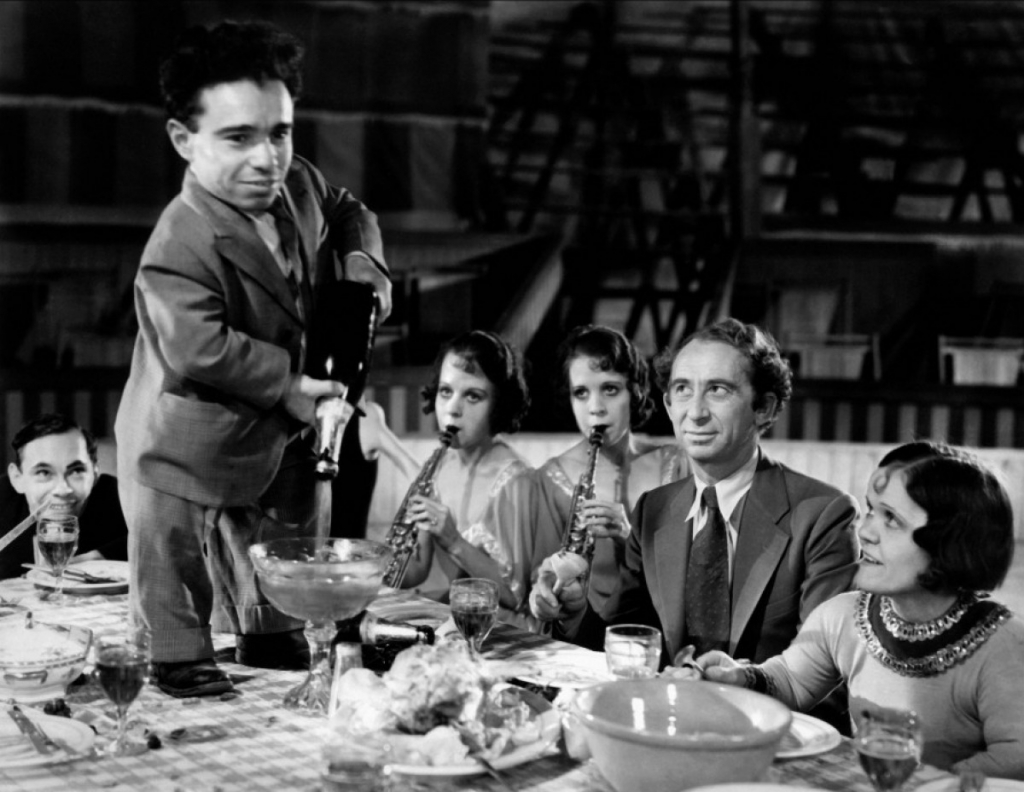
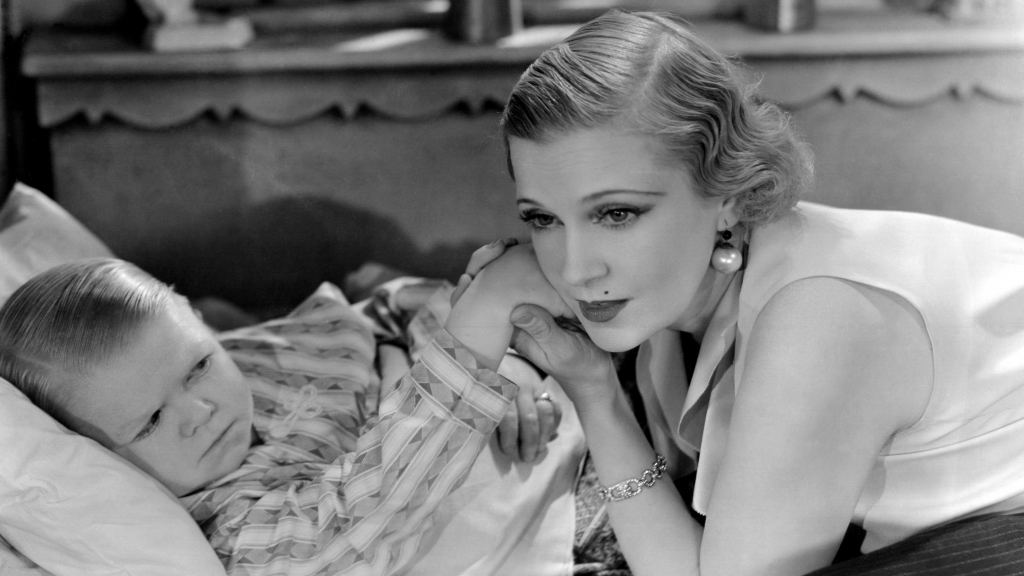

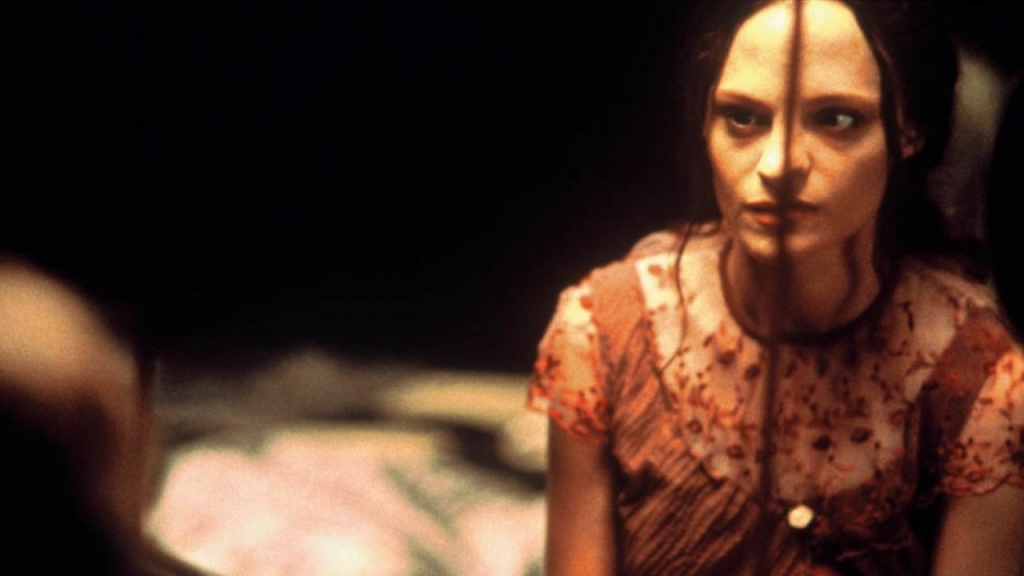

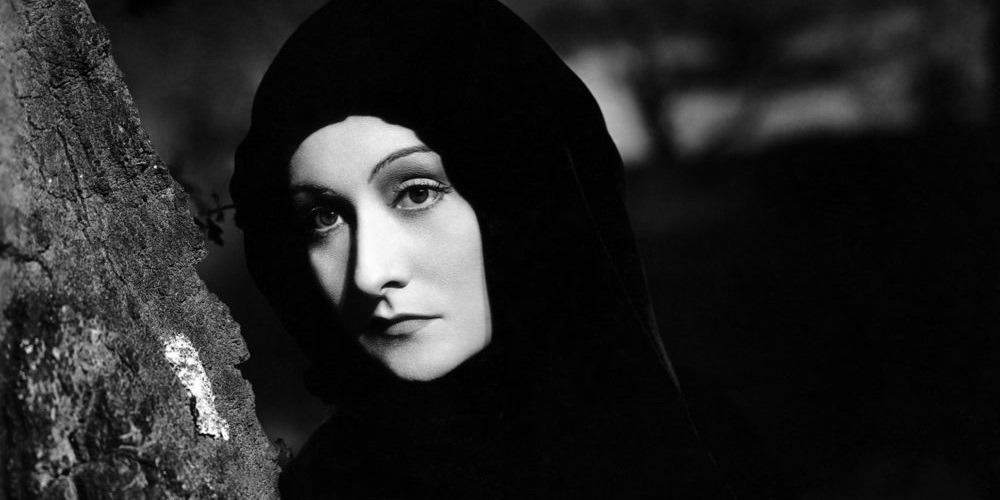
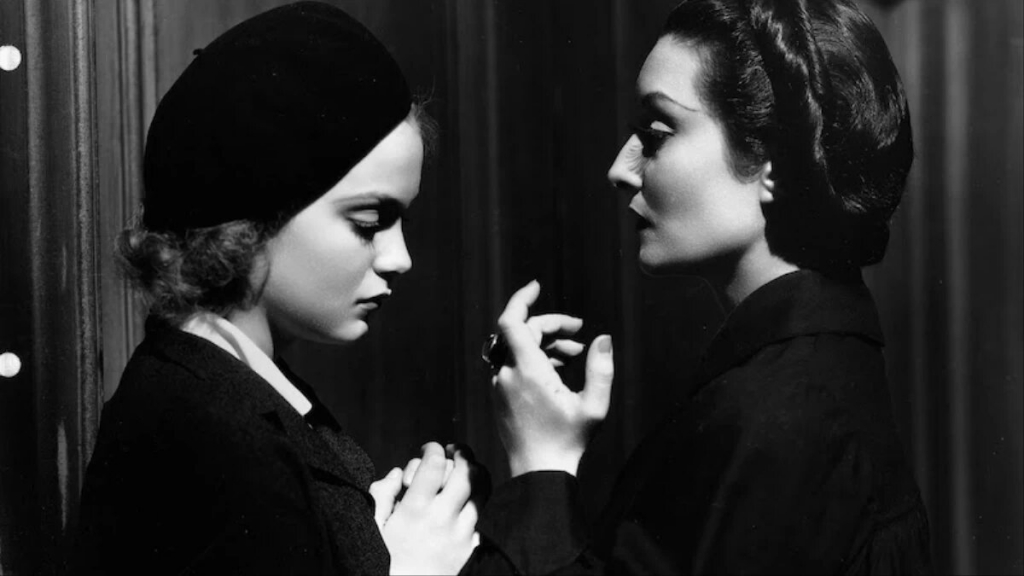


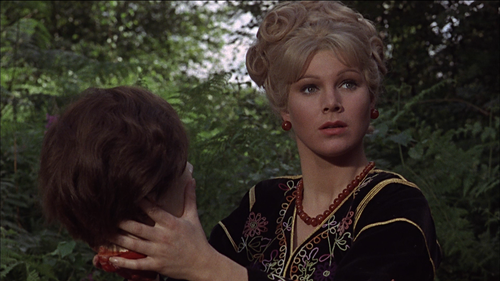

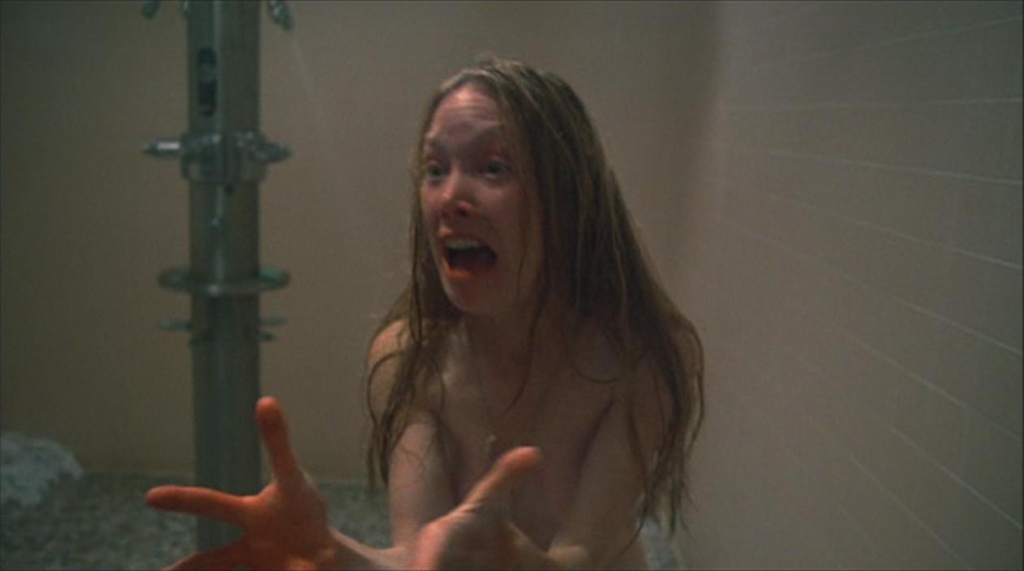
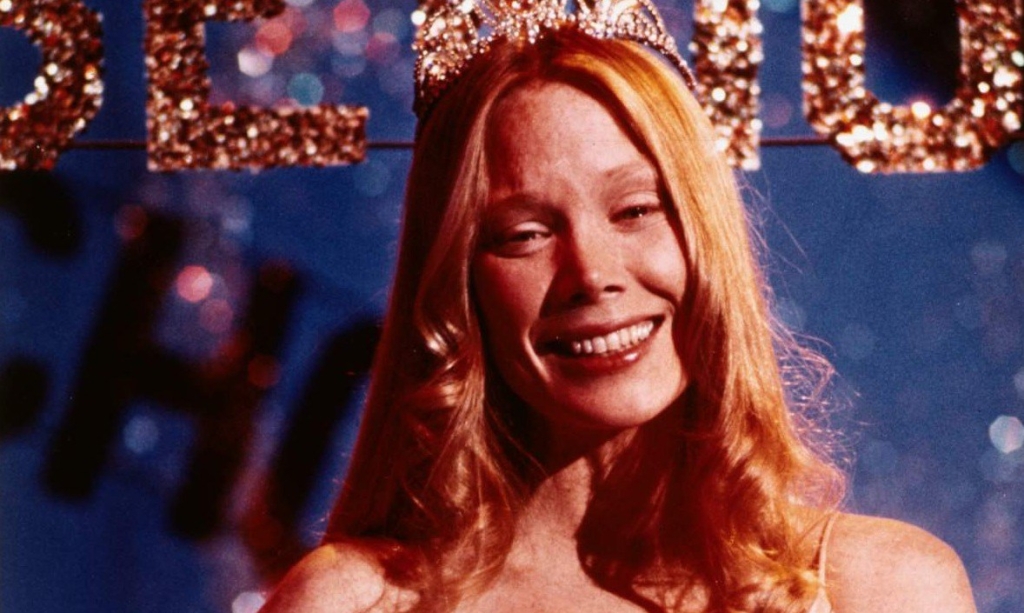
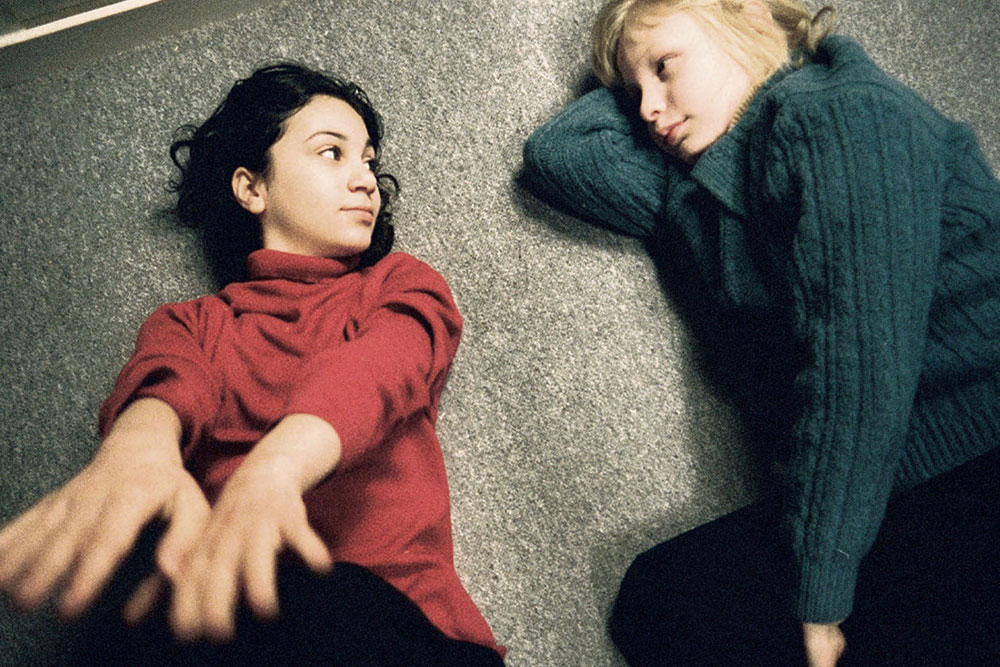
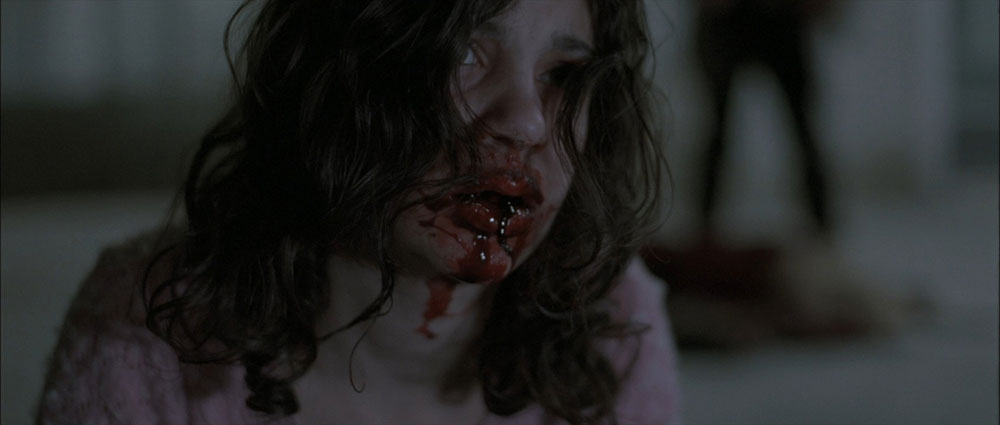
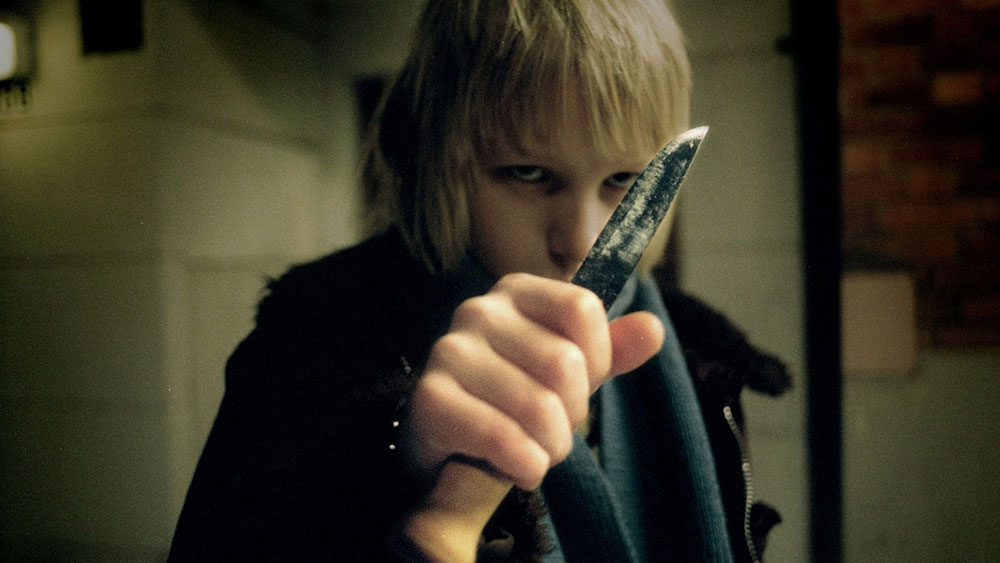
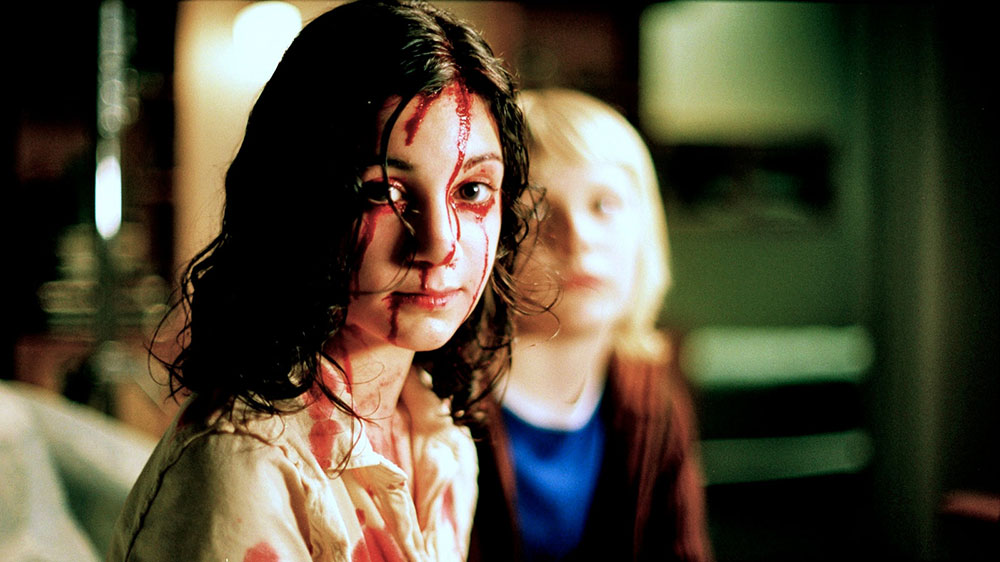
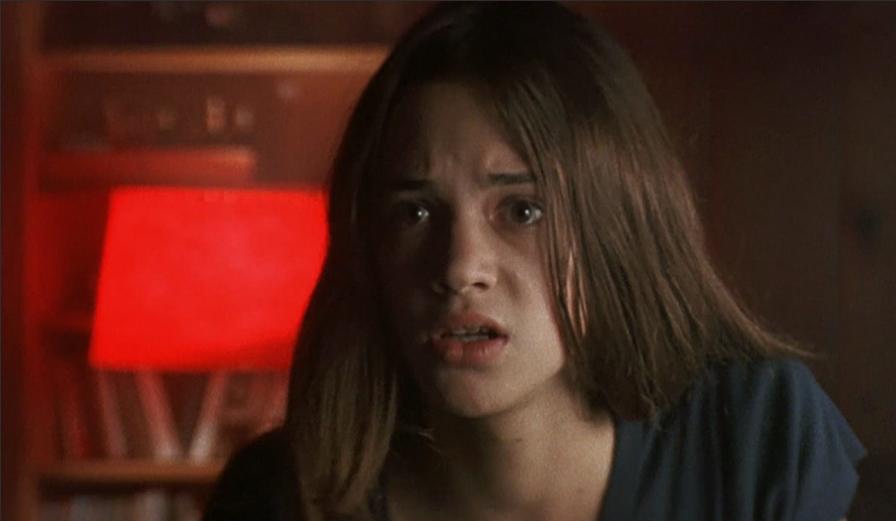
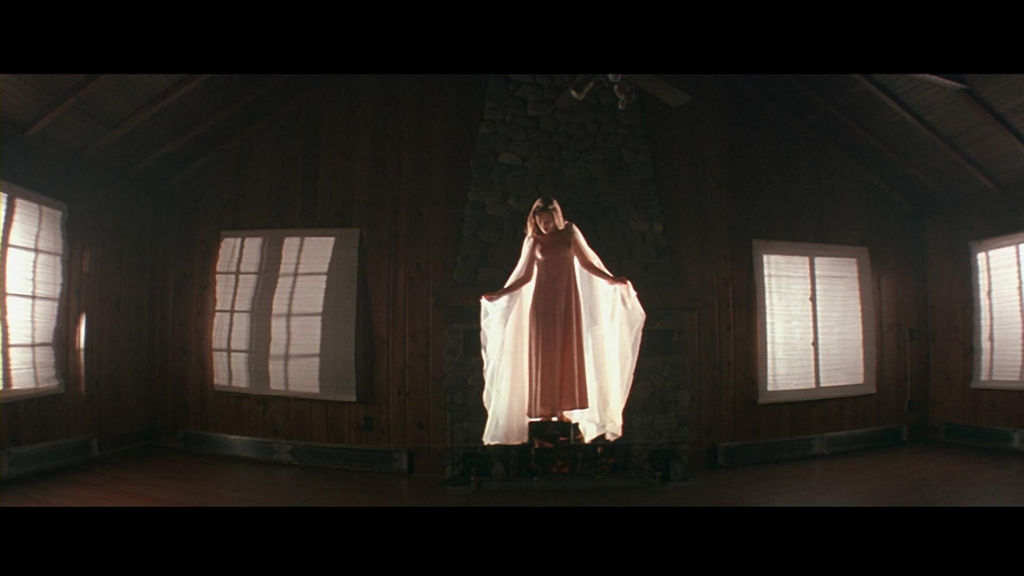
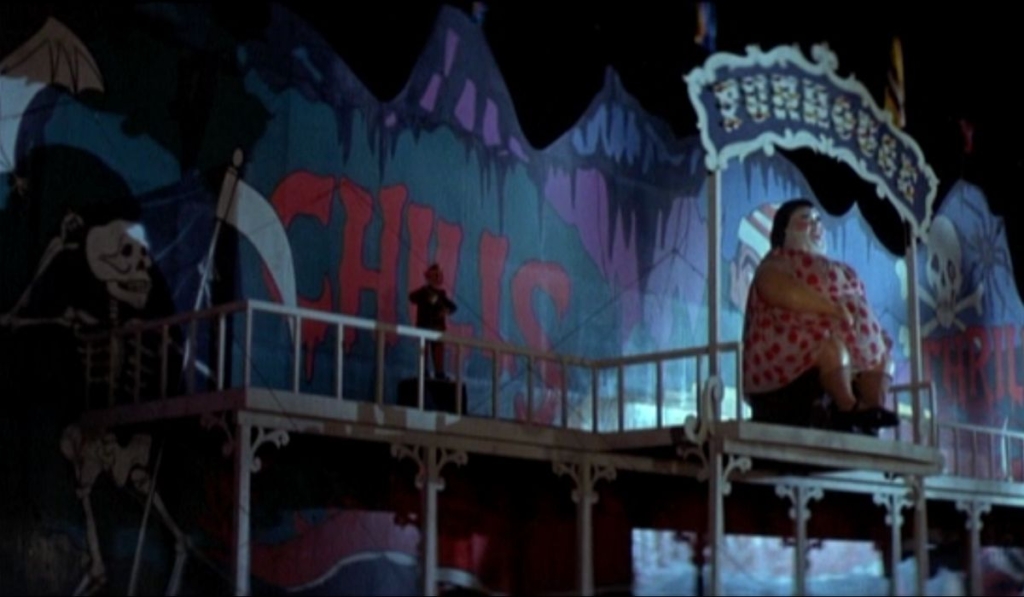
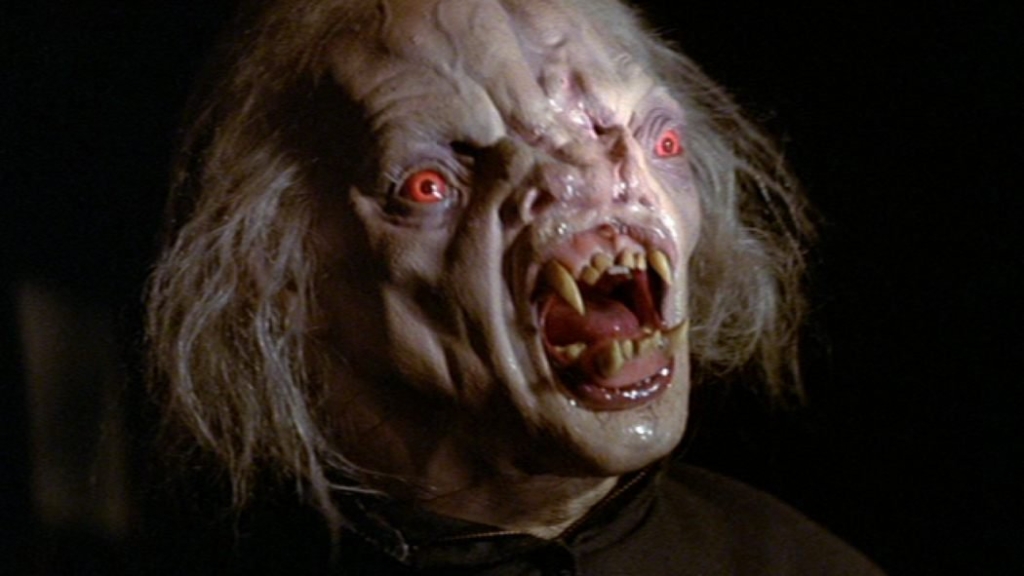
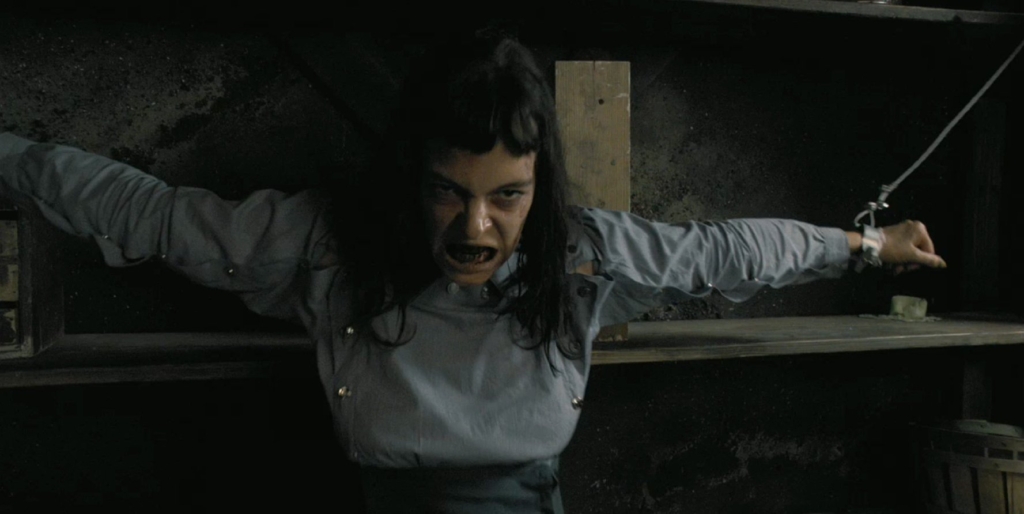
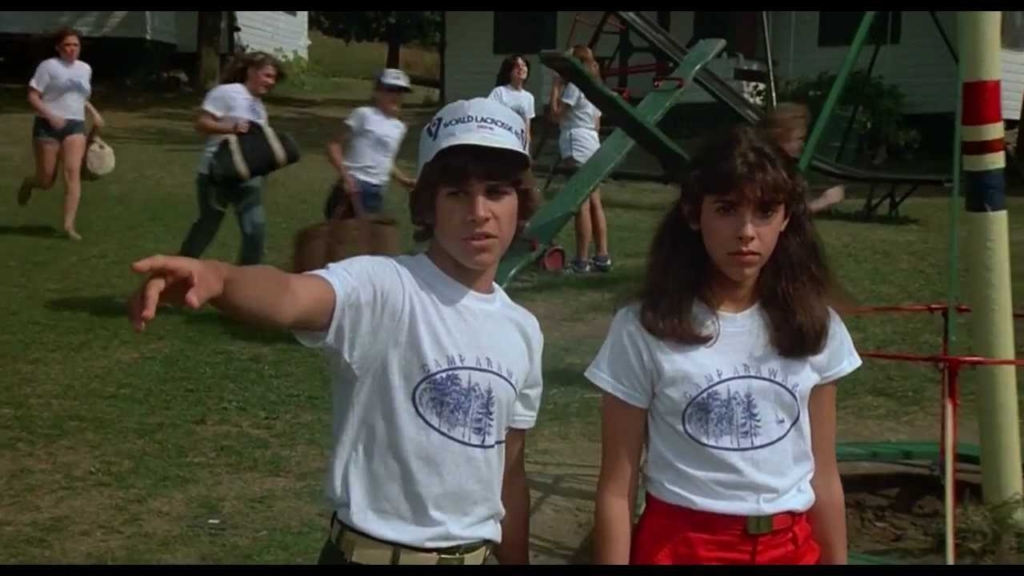
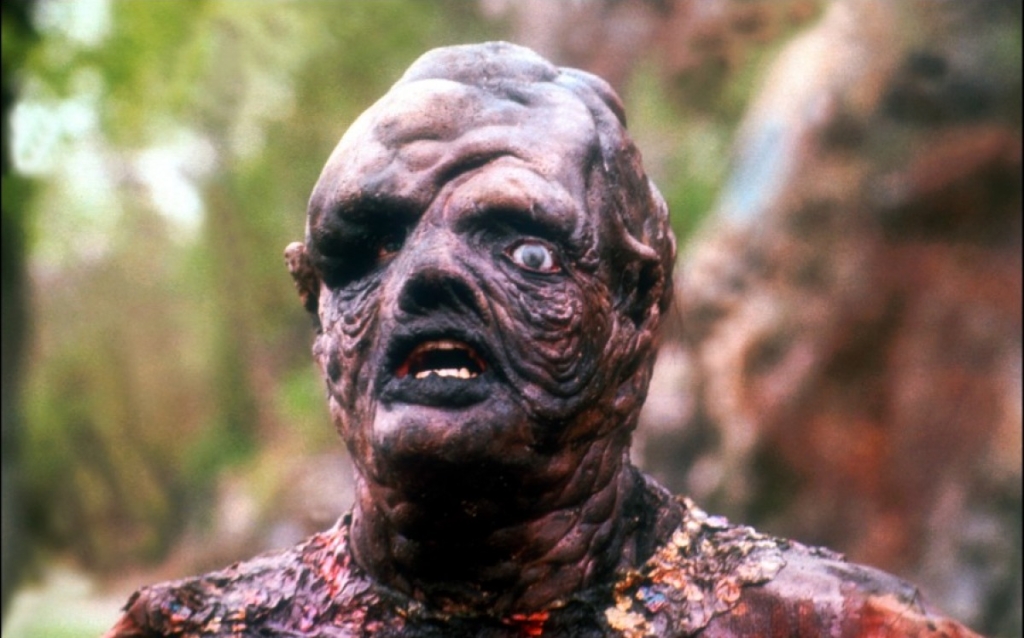
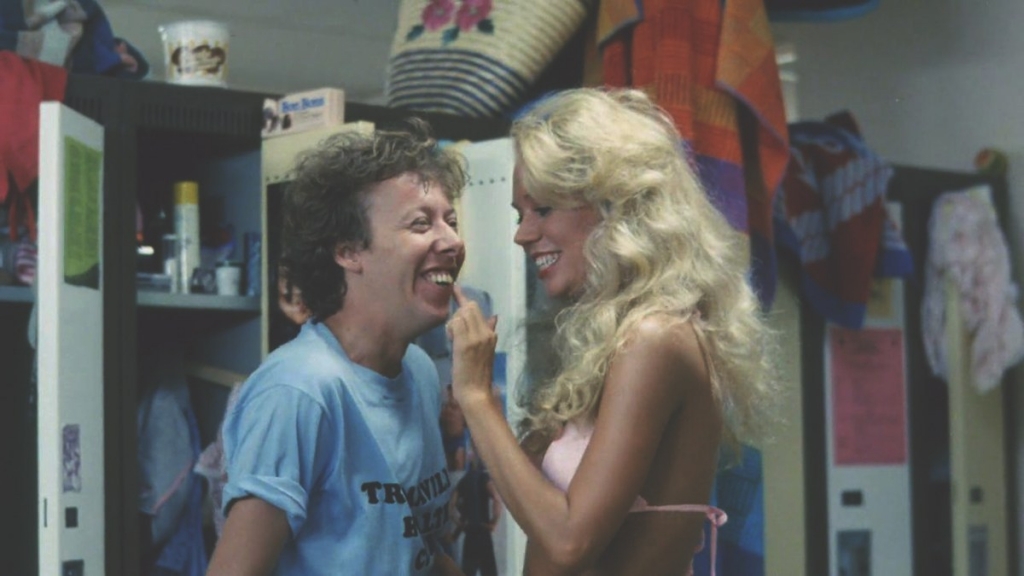
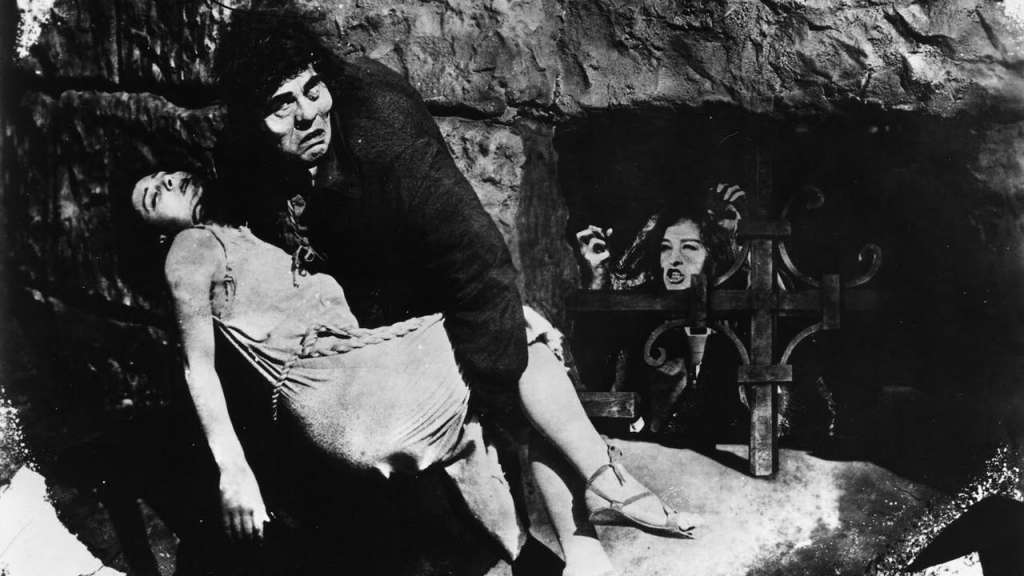
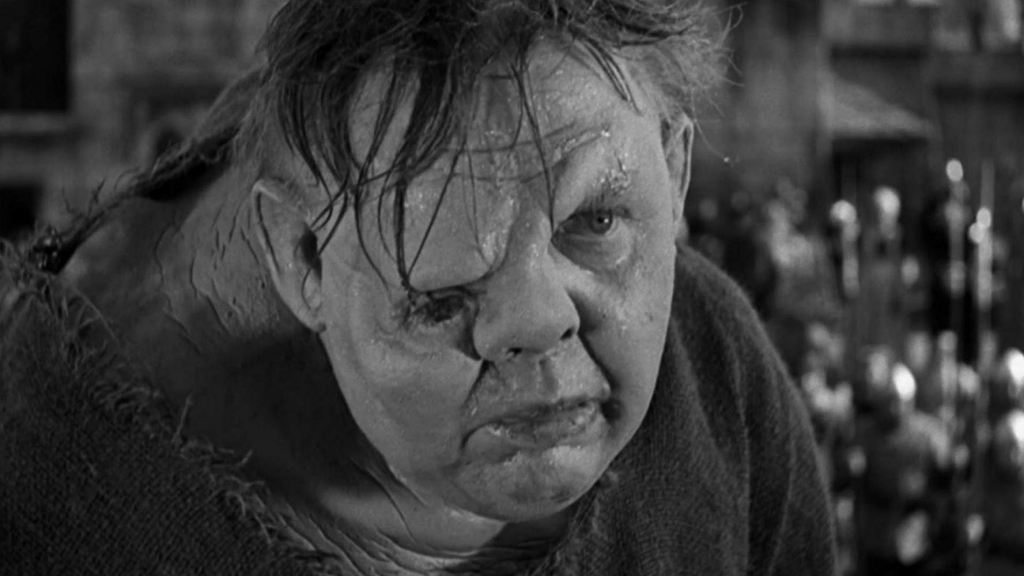
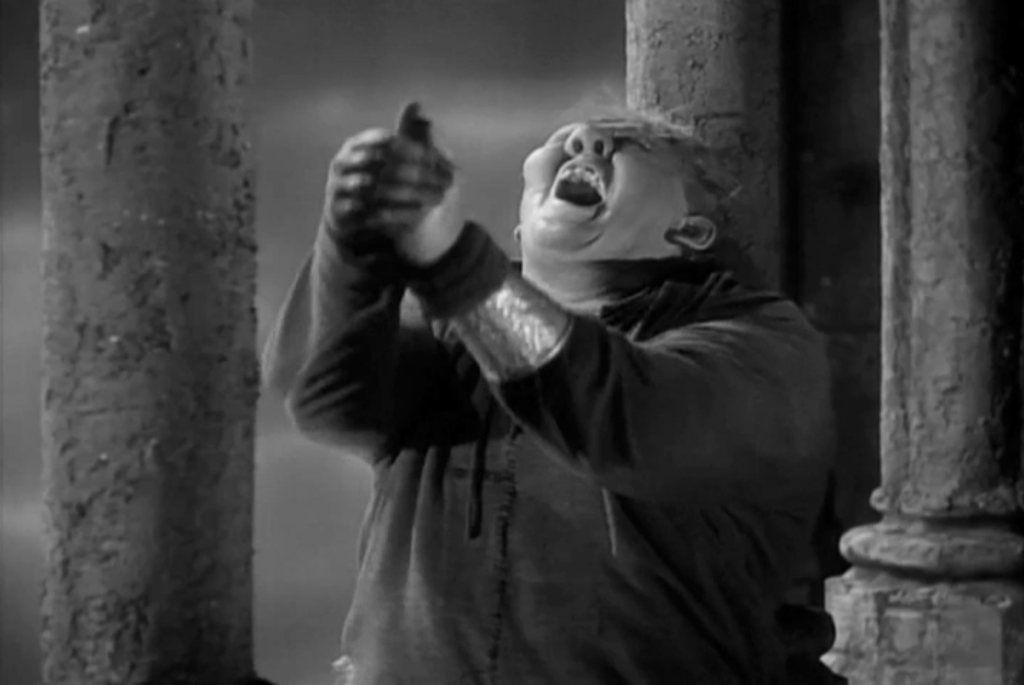
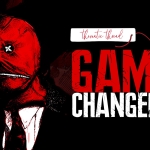
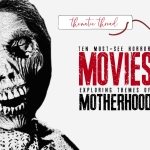
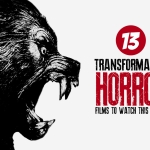
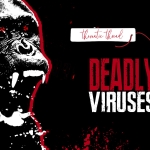








Follow Us!